PDF-In excitable cells, including neurons, voltage-gated cal
Author : giovanna-bartolotta | Published Date : 2016-08-09
cium channels VGCCs also known as Ca V s respond to a depolarization of membrane potential by allowing Ca 2 entry This response provides Ca 2 for many processes
Presentation Embed Code
Download Presentation
Download Presentation The PPT/PDF document "In excitable cells, including neurons, v..." is the property of its rightful owner. Permission is granted to download and print the materials on this website for personal, non-commercial use only, and to display it on your personal computer provided you do not modify the materials and that you retain all copyright notices contained in the materials. By downloading content from our website, you accept the terms of this agreement.
In excitable cells, including neurons, voltage-gated cal: Transcript
Download Rules Of Document
"In excitable cells, including neurons, voltage-gated cal"The content belongs to its owner. You may download and print it for personal use, without modification, and keep all copyright notices. By downloading, you agree to these terms.
Related Documents

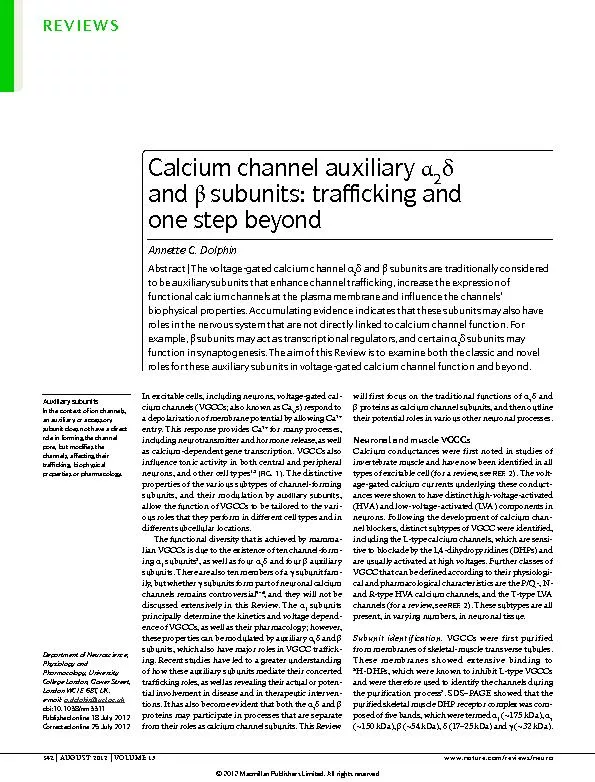
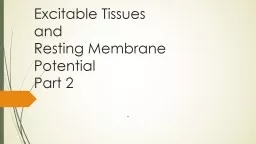
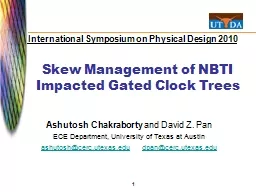
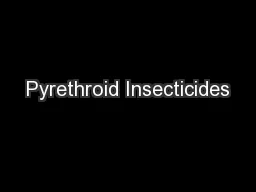
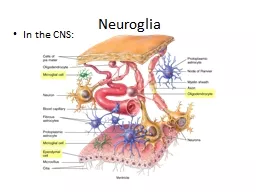


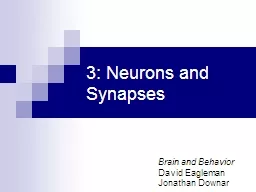
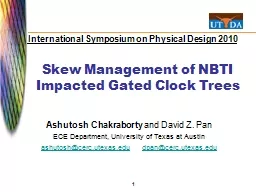
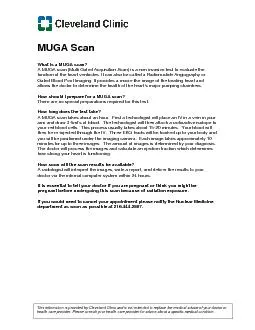

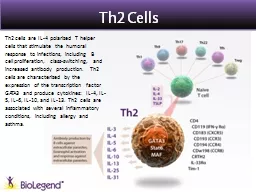

![Neurons [Professor Name]](https://thumbs.docslides.com/1051088/neurons-professor-name.jpg)